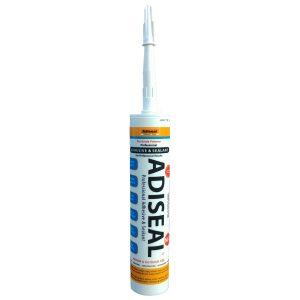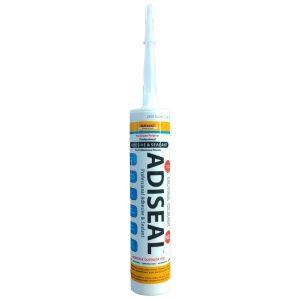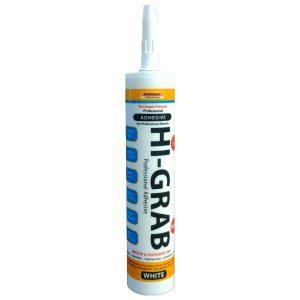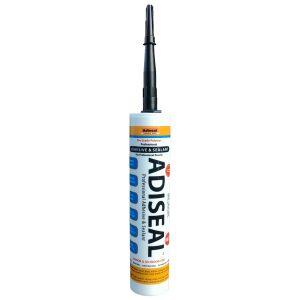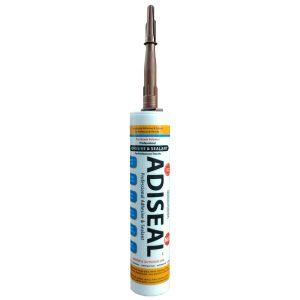Metal to Metal Adhesive
Metal to Metal Adhesive: Reliable Solution for Strong Bonds
Metal to metal adhesive is a versatile and dependable solution that enables the secure bonding of various metal surfaces. In this article, we will explore the features, applications, and benefits of metal to metal adhesive. Whether you’re working on a DIY project or involved in industrial applications, understanding the key aspects of this adhesive will help you achieve durable and reliable bonds between metal components.
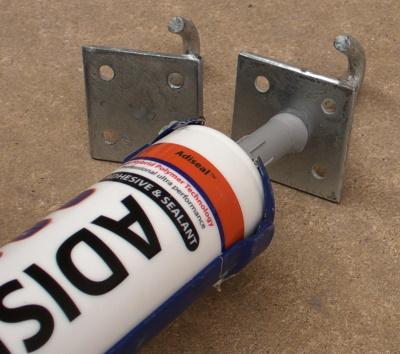
Benefits of Metal to Metal Adhesive
It offers several advantages over traditional joining methods. Here are some key benefits:
1. Strong Bonding Strength:
– This adhesive forms a robust bond between metal surfaces, providing exceptional shear and tensile strength.
– It creates a durable connection that can withstand vibrations, impacts, and heavy loads.
2. Versatility:
– It is compatible with a wide range of metals, including steel, aluminum, copper, and more.
– It can be used for bonding different metal components, such as sheets, panels, brackets, and fasteners.
3. Resistance to Environmental Factors:
– It exhibits excellent resistance to moisture, humidity, and temperature fluctuations.
– It can withstand exposure to harsh weather conditions and extreme environments.
Applications of Metal to Metal Adhesive
It finds numerous applications across various industries and projects, including:
1. Automotive and Aerospace:
– Bonding metal parts in automobile assembly, such as body panels, brackets, and interior components.
– Joining aircraft components, including wings, frames, and engine parts.
2. Construction and Engineering:
– Securing metal structures, such as steel beams, columns, and trusses.
– Bonding metal plates, brackets, and connectors in architectural and structural projects.
3. Manufacturing and Fabrication:
– Joining metal sheets, pipes, and tubes during fabrication processes.
– Bonding metal hardware, fasteners, and assemblies in manufacturing applications.
Tips for Using Metal to Metal Adhesive
To ensure successful bonding, consider the following tips:
1. Surface Preparation:
– Clean the metal surfaces thoroughly to remove any dirt, grease, or oxide layers.
– Use a solvent or degreaser to ensure a clean and oil-free surface.
2. Proper Application:
– Apply the adhesive evenly on both metal surfaces, ensuring complete coverage.
– Follow the manufacturer’s instructions regarding application methods (brushing, spraying, etc.) and curing time.
3. Curing and Bond Strength:
– Allow sufficient curing time for the adhesive to achieve its maximum strength.
– Consider clamping or applying pressure during the curing process to enhance the bond.
Conclusion
Metal to metal adhesive provides a reliable solution for creating strong and durable bonds between various metal surfaces. With its exceptional bonding strength, versatility, and resistance to environmental factors, it serves a wide range of applications in automotive, aerospace, construction, and manufacturing industries. By following proper surface preparation and application techniques, you can achieve reliable and long-lasting bonds in your metal projects. The adhesive offers an effective alternative to traditional joining methods and ensures the integrity and performance of your metal assemblies.
Showing all 6 resultsSorted by popularity
